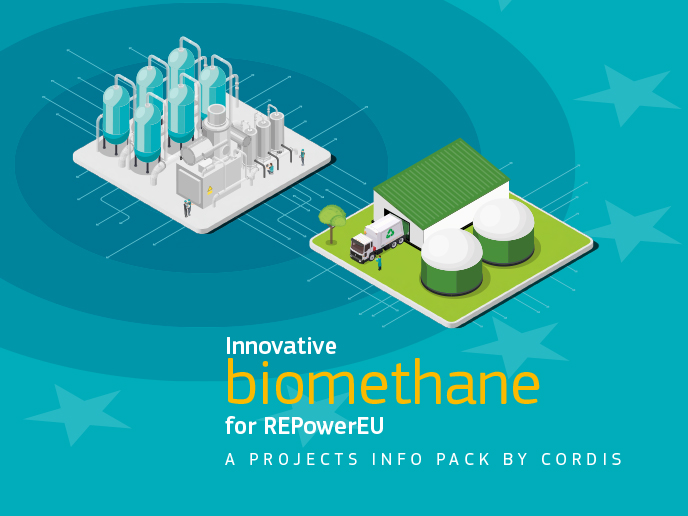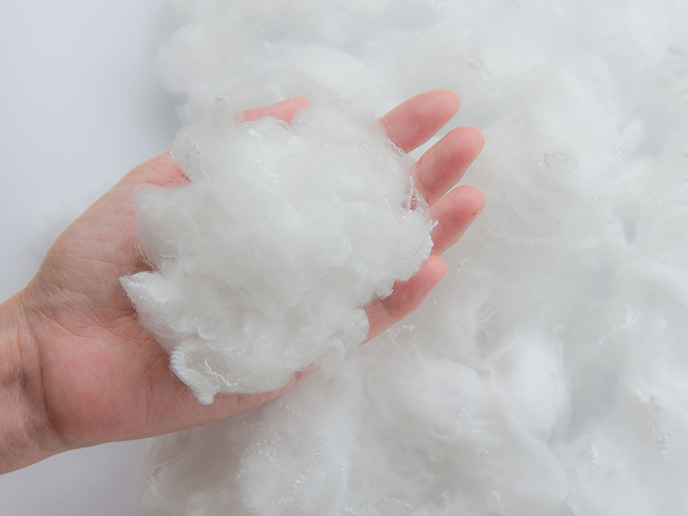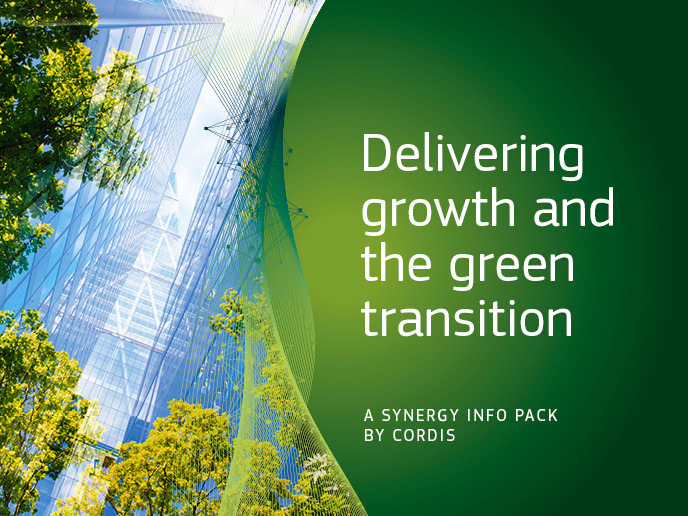Cost-efficient and eco-friendly composite sleeve for tomorrow’s aeroplanes
The weight associated with such an electrical rotating machine increase can be a drawback for more electric aircraft architectures. Rotating electrical machine manufacturers are looking for solutions to reduce the mass of these assemblies. There is a need to replace existing metallic rotor and stator sleeve solutions with fibre-reinforced composite sleeves. The EU-funded COMPOSLEEVE (Development of a composite sleeve for spatial separation of rotor and stator in an electric motor) project sought to determine the appropriate materials and techniques for manufacturing a slim composite sleeve, while meeting stringent requirements. Work began by selecting sleeve materials such as resin and fibre, creating a detailed manufacturing process and preparing a suitable sleeve design. Project partners built several sleeve prototypes for testing. Initially, they tested the sleeves against pressure and heat conditions, and then with a motor prototype to establish behaviour under more important operational, environmental and failure conditions. Some vital constraints and requirements that were considered include non-conductive materials able to resist a temperature of more than 150 °C, as well as composite sleeves that can resist pressure of 350 bar and withstand a stator temperature of 200 °C with no ductile deformation or any other damages. The COMPOSLEEVE team optimised the sleeve’s industrial manufacturing method. They also analysed costs in relation to mass production. COMPOSLEEVE proposed a cost-effective way of producing light sleeve components with specific composite materials, while ensuring compliance with pressure, temperature and chemical stability constraints and requirements. The innovation is also environment friendly, and the composites are reusable.







